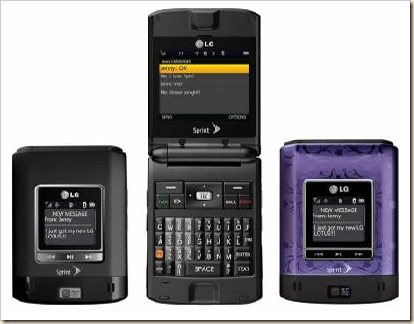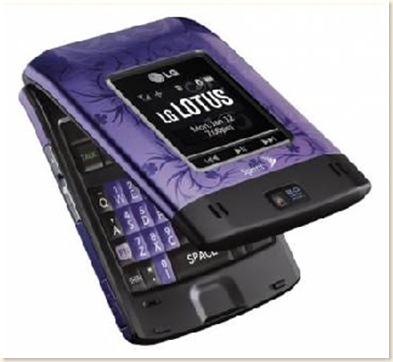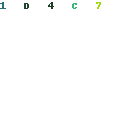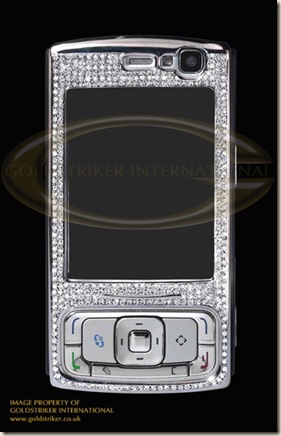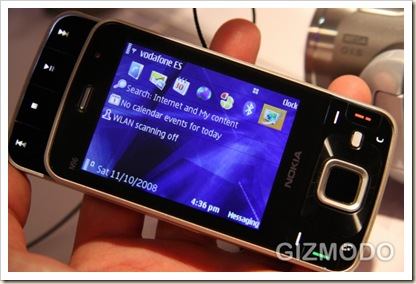This article appeared as my column for
Connect Magazine in April 2004.
Last month, Amazon announced that they would start delivering RSS for selected categories, subcategories and even search results in Amazon.com stores. The same week, the State of Utah started offering RFP information in RSS format. RSS is gaining traction and reaching a tipping point. Everyday, I read another story about RSS and its uses.
If you haven't been paying attention, RSS, or Really Simple Syndication, is an XML format for describing events. Why is RSS important? Because it says "here's what's changed on the Web." When I started building Web sites in 1993, we taught our clients that people visit sites that get updated frequently. That's still true. Now, however, there is a new tool, RSS, that tells us what's changed.
RSS is about "new" instead of "news." Consequently, I no longer have to limit my reading to sites I know get updated frequently like Yahoo! or CNN.com. Instead, when I find a site that I enjoy, even one that gets updated infrequently, I sign up for its RSS feed and whenever the site is updated, I'll be notified. That's a fundamental shift in what the Web is. In fact, it's something brand new. Allen Searls calls it the World Live Web. The Live Web is current. I like that.Don't get the idea that this is some clunky newsletter system that spams you with email.
Chris Prillo runs the popular LockerGnome web site that supports dozens of email newsletters on a variety of subjects. Because of the large number of newsletters he supports, Chris fights with bounced email, spam filters and other technical problems all the time. In order to simplify his life, Chris has recently started a campaign to push his readers to RSS instead of the traditional email newsletter. There are significant differences between email mailing lists and RSS:
- RSS is much simpler to maintain for the publisher (sometimes called a syndicator). My weblog software creates the RSS format automatically each time I update by weblog.
- RSS is explicitly opt-in. I can't send you my RSS, you have to enter the URL of my RSS feed into whatever program you use to view it.
- Unsubscribing from an RSS feed is simple and foolproof. You simply tell your software to stop downloading it. No more hassles with trying to unsubscribe to an unwanted email newsletter.
- RSS processing can be easily automated. This is a consequence of RSS being based on XML. There are plenty of software toolkits for RSS in every language you can imagine.
- RSS is largely anonymous because there's no need to give out an email address.
The biggest barrier to the growth of RSS is simply a lack of knowledge about RSS and how it can be used. In a lot of ways, it feels like the early days of the World Wide Web. I remember trying to explain to people what a web browser was. In the end, I found that best way was to just show them. That's probably the case with RSS as well.
So why do you care? Because using RSS to read your favorite Web sites will change how you use the Web. No more clicking from site to site. No more missing something interesting because you forgot to click to a particular site one day. No spam. RSS delivered Web content is easy to scan. Robert Scoble of Microsoft reads over 1350 RSS feeds a day. RSS is like Tivo for the Web.
So, how do you get started? The easiest thing to do is to simply subscribe to some RSS feeds for sites that you find interesting. To do that, you need a piece of software called an aggregator. I know, it's a stupid name. "Aggregator" doesn't have the same ring to it that "browser" does. People think of "browsing" as a pleasant experience. I'm not sure many people have positive feelings about "aggregating." At any rate there are a number of options and many are free.
If you use MyYahoo!, there's a new RSS service built into your Yahoo! homepage that works well for reading a few RSS feeds. If you use Windows, NewsGator, NewZCrawler, and SharpReader all seem to be quite popular. NewsGator even integrates with Outlook. Being a Mac user, I can't say enough about NetNewsWire. If you'd like to user a browser-based tool, BlogLines has a number of good features. Once you've got an aggregator, I've put together a page that lists some of my favorite RSS feeds to get you started.
If you have a Web site or otherwise publish information on the Web, you may want to consider publishing an RSS feed of your own. The software you use may already support it. If not, you may need to get someone to so some programming for you. In either case, publishing RSS is relatively straightforward and your readers will be grateful for the improved experience.
RSS is much more than just a faster way to read Web sites. In the same way that the Web was about more than just browsing static data, RSS offers some very interesting possibilities in the area of dynamic events. I'll cover that more in a later column.
Read more...





